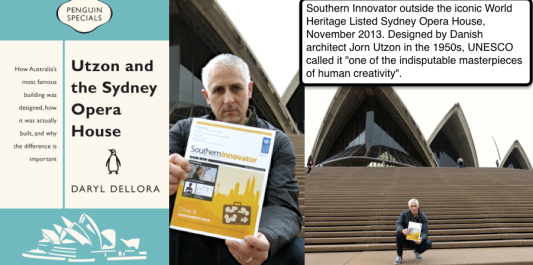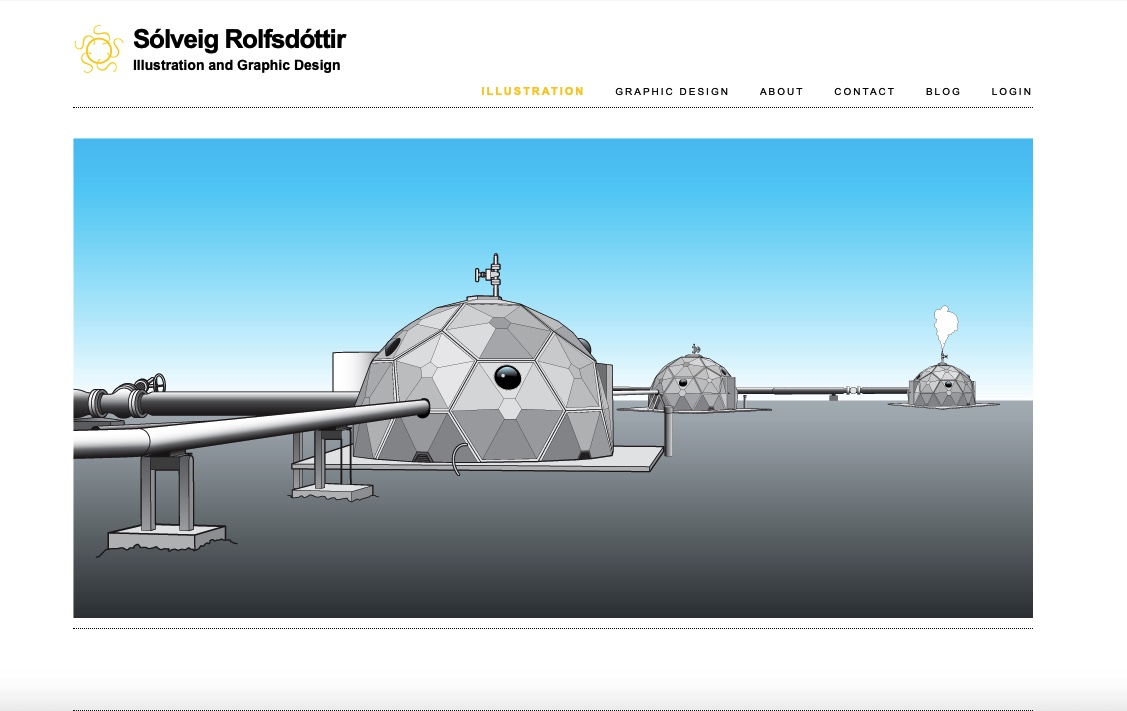Historic England Images of England | 2004-2005
 Friday, March 20, 2020 at 12:04PM
Friday, March 20, 2020 at 12:04PM 
From 2004 to 2005 I participated in an ambitious project to ensure a photographic record of England's heritage sites and buildings: a visual 'Doomsday Book'.
"The List is the only official, up to date, register of all nationally protected historic buildings and sites in England.
"The National Heritage List for England (NHLE) is the only official, up to date, register of all nationally protected historic buildings and sites in England - listed buildings, scheduled monuments, protected wrecks, registered parks and gardens, and battlefields.
"Images of England was a photographic record of every listed building in England, created as a snap shot of listed buildings at the turn of the millennium. These photographs of the exterior of listed buildings were taken by volunteers between 1999 and 2008. The project was supported by the Heritage Lottery Fund."
Victoria House and attached railings, 37-63 Southampton Row, Camden Town, London. Photographed by David South, 05 September 2004.
1-7 Charrington Street (north east), Camden Town, London. Photographed by David South, 08 September 2004.
Indian Young Men's Christian Association, 41 Fitzroy Square, Camden Town, London. Photographed by David South, 28 June 2005.
French's Dairy, 13 Rugby Street, Camden Town, London. Photographed by David South, 05 September 2004.
Mary Ward Centre and Attached Railings, Camden Town, London. Photographed by David South, 05 September 2004.
Wall linking numbers 5 and 9 Tavistock Place, Camden Town, London. Photographed by David South, 05 September 2004.
Numbers 11, 12 and 15-19 and attached railings, 11, 12 and 15-19 Fitzroy Square, Camden Town, London. Photographed by David South, 04 August 2005.
The London Foot Hospital and attached railings, 33-40 Fitzroy Square, Camden Town, London. Photographed by David South, 28 June 2005.
Numbers 9 and 10 attached railings, 9 and 10 Fitzroy Square, Camden Town, London. Photographed by David South, 04 August 2005.
Number 15 and attached boundary walls and piers, 15 Gloucester Gate (south side), Camden Town, London. Photographed by David South, 04 August 2005.
ORCID iD: https://orcid.org/0000-0001-5311-1052
© David South Consulting 2020





